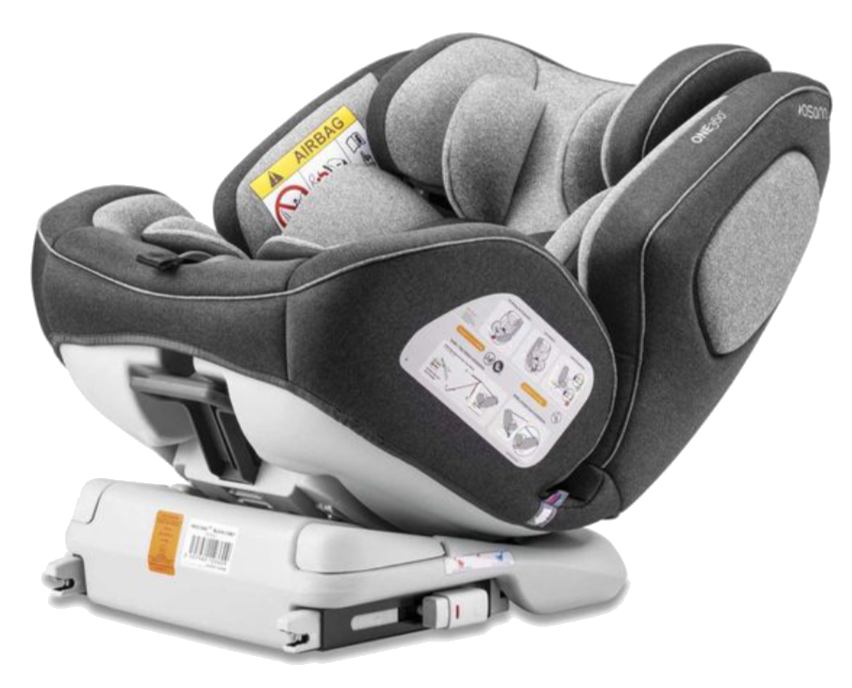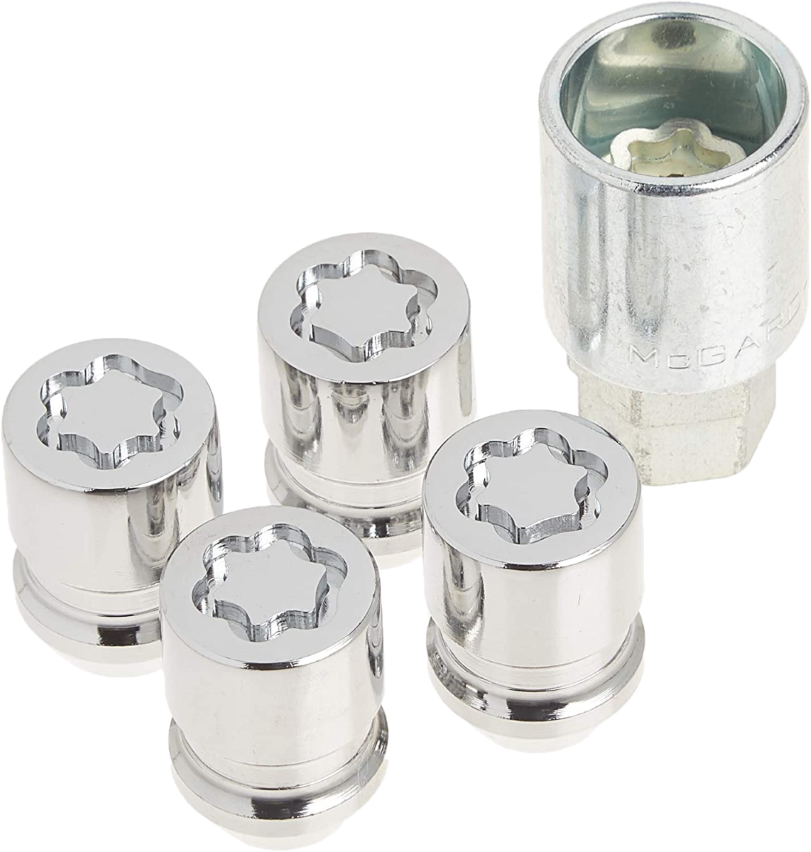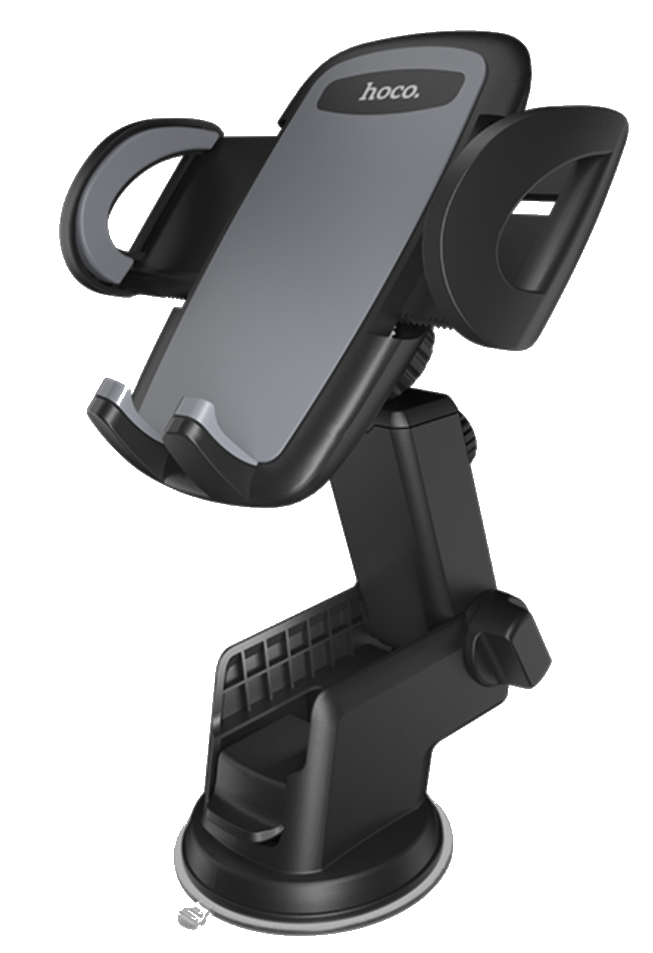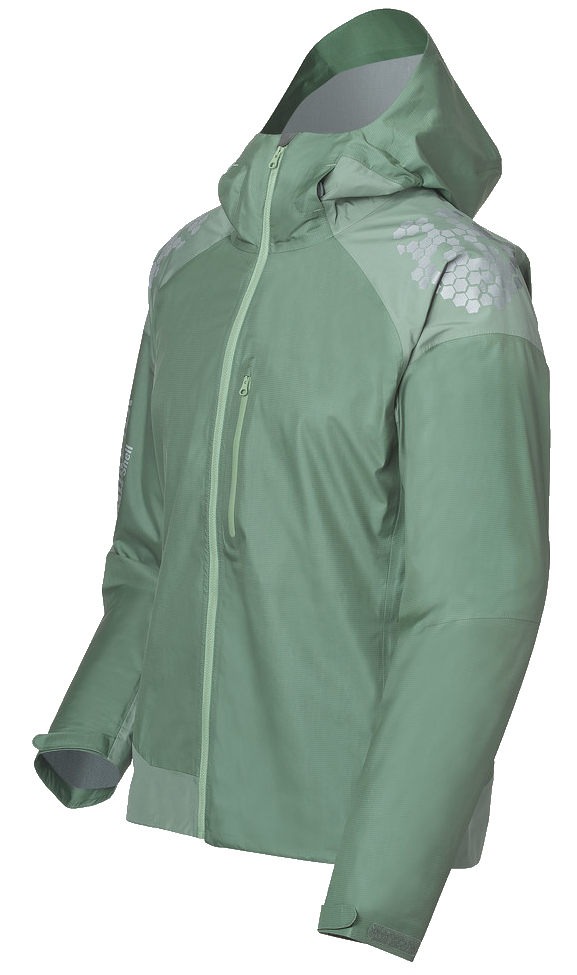
Accessories
Flashlight
Can be used to alert other road users.
Rechargeable:
From car battery. Mains. Solar cell.
Brightness :
> 1 000 lumens. Strong enough to alert a distant road user.
Focus :
Wide beam. Narrow beam.
Run time :
> 10 hours low light. LED - More efficient.
Body:
Waterproof - To be used in the rain. Rugged - To be able to handle tough use. Magnetic - Makes handy to attach to the body of vehicle if needing to place in a specific position. Anti-slip coating - Less prone to falling if hands oily.
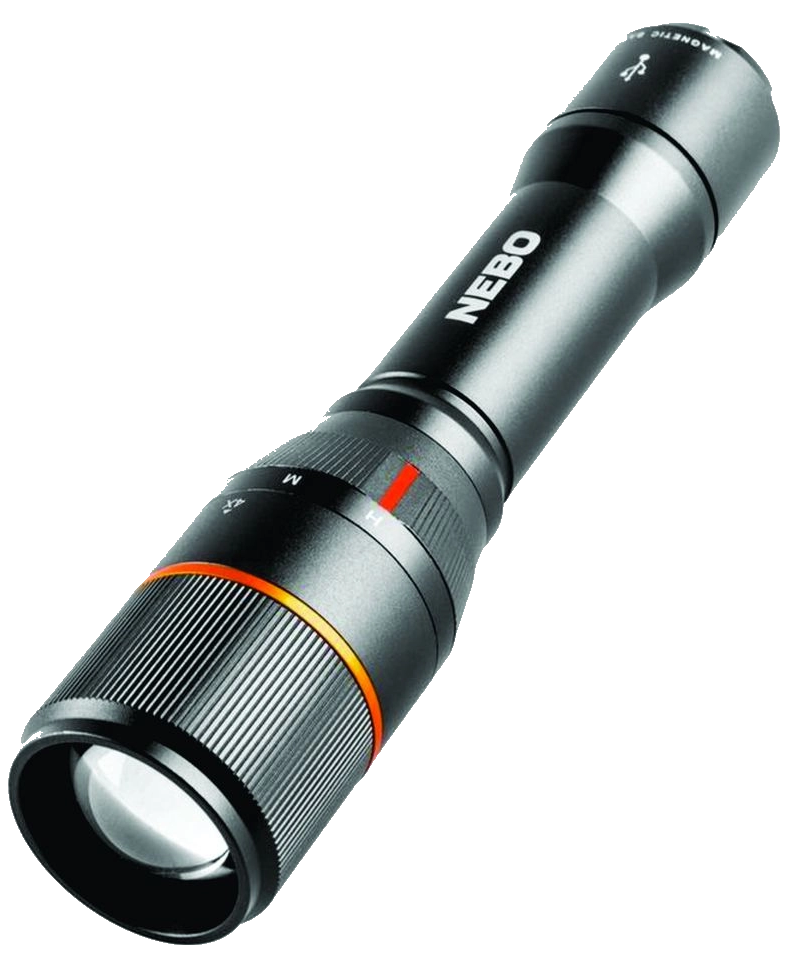
Fire Extinguisher
Not dangerous to keep in car as they are designed for high heat. Secure in vehicle so that not loose and moving around.
Size:
1 kg (2.2 pounds) - Smaller vehicle. 2 kg (4.4 pounds) - Larger vehicle, SUV or truck.
Class Type Fire:
A - Combustible and flammable materials. E.g., Plastics, wood, paper. B - Flammable liquid or gas. E.g., Petroleum, oil, gasoline. C - Electrical. E.g., Faulty wiring. D - Combustible metal. E.g., potassium or magnesium.
Fire Extinguisher type:
A, B, C.
Ease of Use:
Ensure it is a simple mechanism to operate. Make sure you know how to operate the fire extinguisher BEFORE you need to use it.
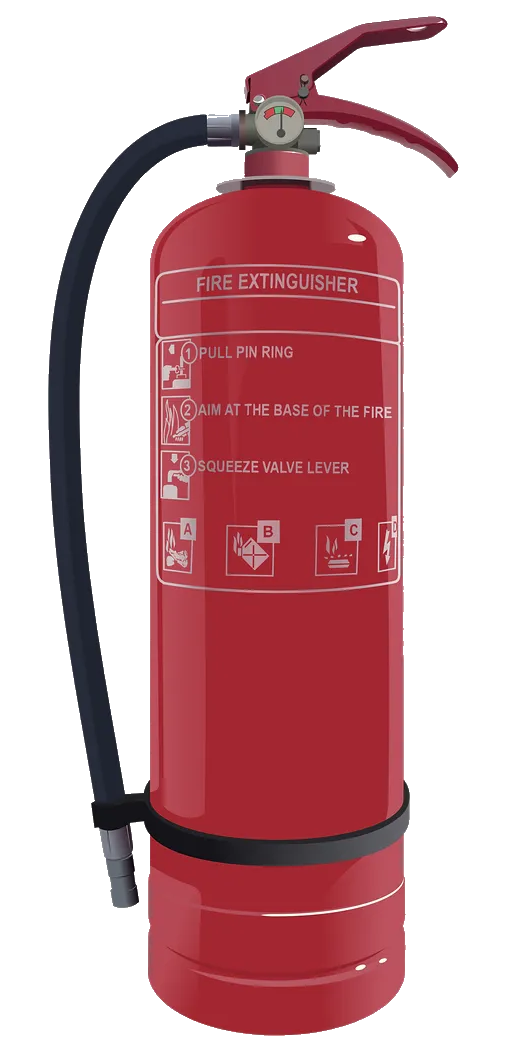
Jumper Cables
Purchase :
Wire Gauge (1-12): Thickness of the cable. 1 - Thickest (Heavy duty) 12 - Thinnest (Light duty) Get according to your needs. Length: Not too short otherwise difficult to connect between vehicles. Insulation: The thicker the better as it will protect you from any current flow and damage to the vehicle's paintwork. Thicker also better for colder climates to protect the cables themselves. Clamps: Copper or copper plated. Vinyl grips are thick for protection from current.
Use :
Before jump starting, first check that there is not something wrong with the battery, E.g., damaged, leaking, corroded, frozen. Connection: Strictly follow this sequence. Make sure the end of the cable that is free is not touching anything. Red (Positive +): Dead => Live Black (Negative -): Live => Dead metal (bolt or bracket). Choose a metal section not close to the battery. Do NOT connect to the negative of the dead battery which increases risk of fire or explosion. Starting: Live Vehicle: Make sure live car is in neutral. Start engine. Let engine run for a couple of minutes to allow current to flow to dead battery. Dead Vehicle: Start engine. Run for at least 30 minutes after disconnecting. Disconnection: Disconnect in the exact reverse order of connection.
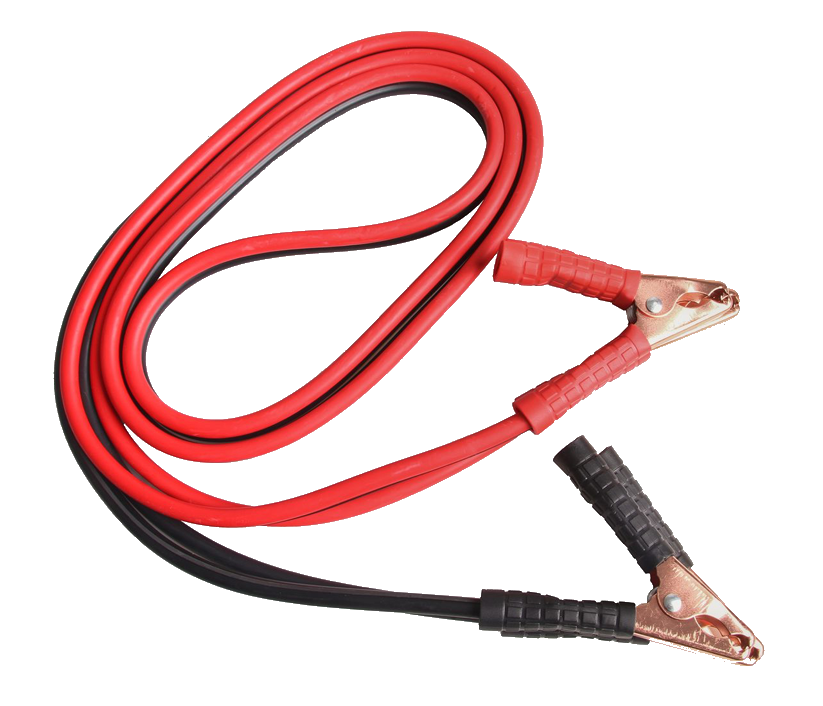
Tow Rope
Purchase :
Strength to be 2-2,5 times the weight you are going to pull. Lightweight. Brightly colored to be more visible. Strong hooks. Fasten securely and not easily come loose. Easy to attach and remove mechanism.
Use :
Attach a colored cloth in the middle or the rope to make it more visible to other vehicles. Tow car needs to be powerful enough for vehicle being towed. Attach securely to towing hooks or chassis of each vehicle. DO NOT attach to bumper or other part that can rip loose. Drivers of both vehicles need to be licensed drivers. Best for both vehicles to have headlights and hazard lights on. Pre-arrange any signals between the drivers. Towing Vehicle: Keep to a low speed. Always be aware of what is happening behind you. Slow acceleration so that rope does not snap tight. You need to gently take up the slack of the rope or strap. Slow braking to give the driver behind time to respond. Brakes will be heavier for the towed vehicle because the engine will be off. When taking corners, take a wider arc than normal. See trajectory.Keep an eye on the temperature gauge. Towed Vehicle: Gear in neutral. Handbrake off. Ignition in the "ON" position so that steering does not lock. The steering and brakes will not be power assisted, therefore more force will be needed. Keep a very close eye on the tow car and mimic every action to keep in sync. Reaction time is very important. If you see the line slacken, gently apply brakes to take up the slack as you want to avoid the tow rope snapping tight. It will also prevent the tow rope or band from dragging on the ground and sustaining damage. On corners, also take a wider arc than normal.
? Question:
Answer:
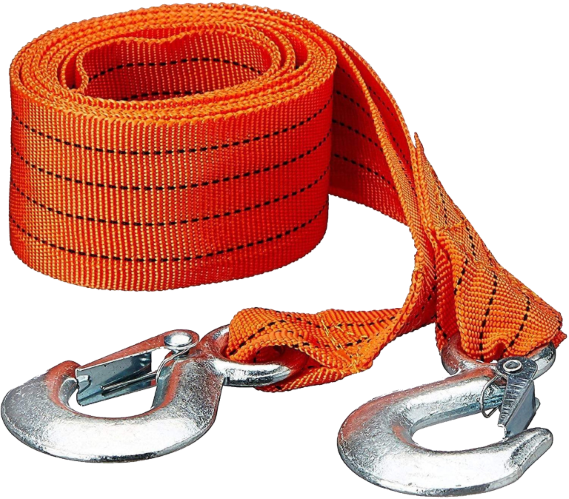
Basic Toolkit
Compact. Waterproof. Plastic - Prevent scratching the body when being used.
Essential tools:
Socket set. Wire Cutters. Pliers. Shifting spanner. Wrench set. Allan keys. Screwdriver with various head attachments. Stanley knife. Small Hammer. Small Hacksaw.

First Aid Kit
Contents:
Packs of sterile gauze Adhesive, hypoallergenic tape Adhesive bandages in several sizes Triangular elastic bandages Crepe roller bandages, one large and one small Large and small sterile dressings Sterile eye dressings Eye pads with bandages Pack of sterile cotton wool swabs Assorted plasters Antiseptic wipes Antibiotic cream Rehydration sachets Any extra prescription medication (if you are going away on holiday) Tweezers Sharp scissors Safety pins Face cloth Thermometer Gloves Torch and spare batteries List of emergency contact numbers, e.g., ambulance, family doctor, pediatrician etc.
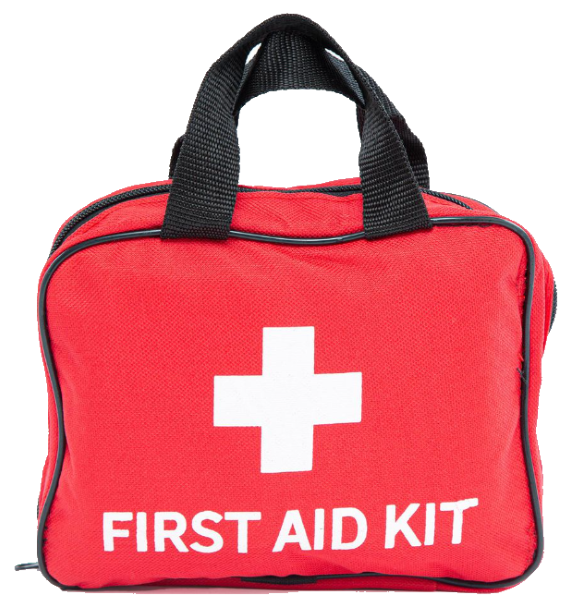
Cloths
Rags - To absorb oil. Micro Fiber - Good for general purpose, including glass. Wet Wipes - For hand sanitizing and cleaning.
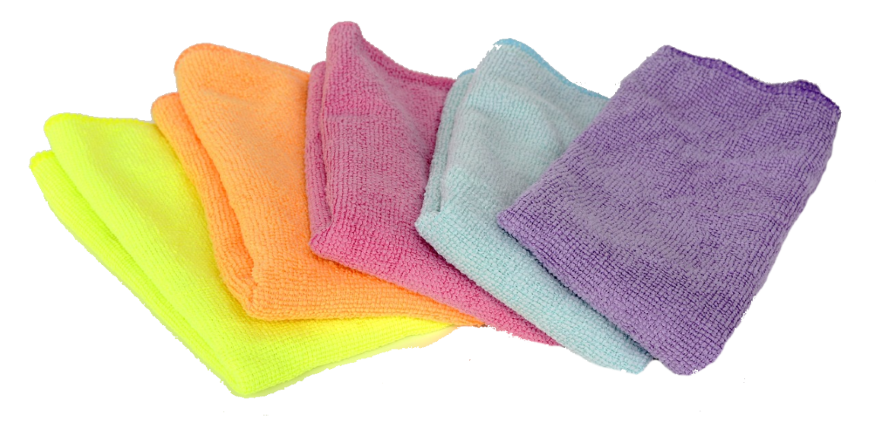
Lock Nuts
Purchase:
Get good quality. See accompanying picture for type. Chrome finish to prevent rust. Unique code (check for document with code). Will be needed if you lose your spanner fitting.
Using:
Make sure you have the unique spanner key hidden in the vehicle; in case you need to change a flat tire.
Sun Shield
Purchase :
Highly reflective surface. Wide coverage. Storage: Easy to fold. Compact. Lightweight.
Use :
Get into the habit of quickly erecting the sun shield every time you park in the sun. When erecting, ensure that you cover the maximum area of the windshield. When storing, place in a location that is easy to reach from the driver's seat which will make it easier to use each time it is needed.
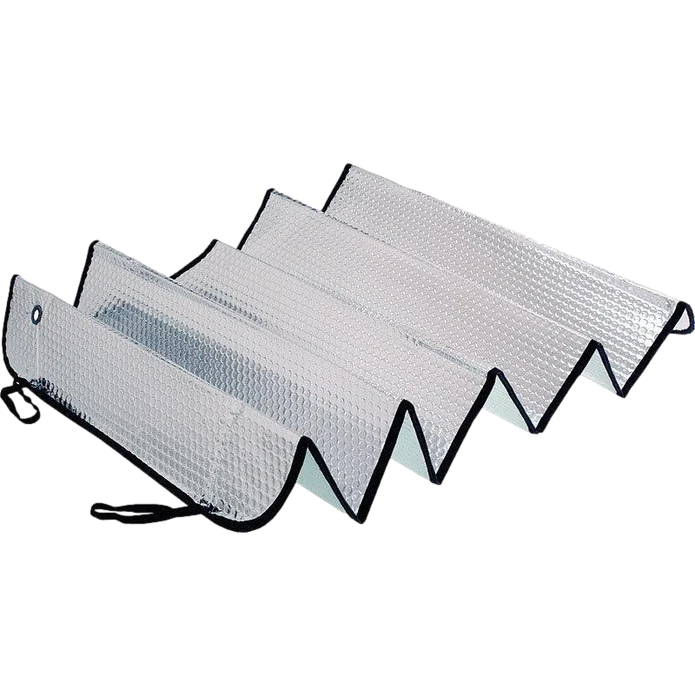
Cell Phone Charger
Purchase:
Ensure compatible across your devices. USB Charger: > 2 amperes. Check your phone's requirements. Size - Check that it will not block anything when plugged in to the cigarette lighter. Don't buy cheap and nasty as they won't handle a vehicles fluctuation in voltage or heating problems. Good quality cables and condition. Wireless: Ensure your phone is compatible.
Use:
Unplug when not charging. You don't want to deplete your vehicle's battery. Charge faster by turning off phone.
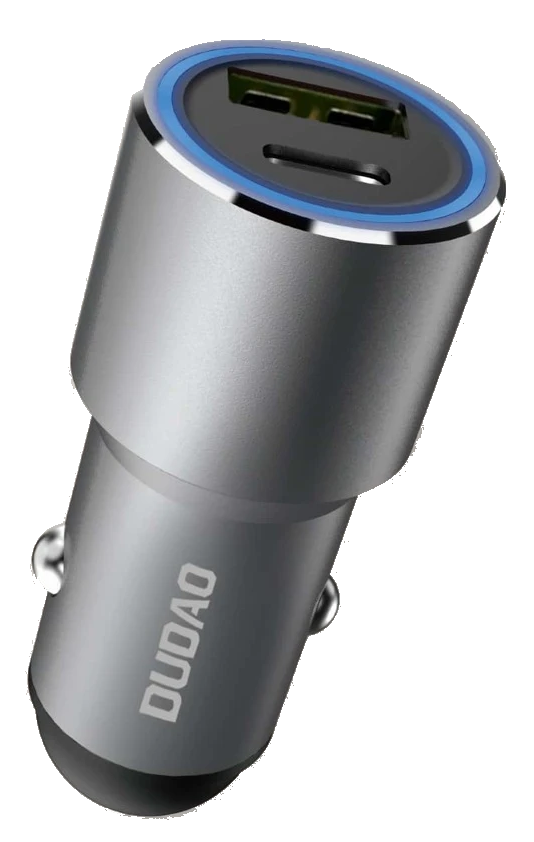
Clothing
Lightweight jackets. Raincoat. Umbrella. Hats.
Water
Keep a few bottles of water in the vehicle. Make sure they are secured so as not to roll around. Replace periodically. Check that the bottle is made of PET plastic, as per the accompanying symbol. This will ensure that chemicals don't leech into the water during storage.
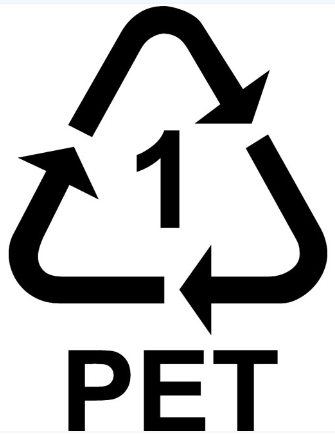
Safety Seat
Purchase :
Base - secure base to vehicle with a clipable seat attachment. A five-point safety harness. Quick release buckle. Adjustable harness as your child grows. Easy to clean - detachable, machine-washable cover. Safety and comfort - well padded with good head support. Side-impact protection.
Use :
Choose the right seat: Select a child seat appropriate for your child's age, weight, and height. There are different types of child seats available, such as rear-facing seats, forward-facing seats, and booster seats. Follow the manufacturer's guidelines and your local regulations to determine the correct seat for your child. Install correctly: Proper installation of the child seat is crucial for its effectiveness. Read the manufacturer's instructions thoroughly and follow them precisely. The seat should be securely and tightly fastened to the vehicle's seat using either the seat belt or the Lower Anchors and Tethers for Children (LATCH) system. Make sure there is minimal to no movement in the seat when installed. Positioning: For infants and young children, use rear-facing seats as they provide better protection for their neck and spine in case of a crash. Ensure that the seat is installed at the appropriate recline angle as specified by the manufacturer. For older children, transition to forward-facing seats and eventually booster seats when they outgrow the weight and height limits. Harness adjustment: Adjust the harness straps of the child seat according to your child's size. The straps should lie flat and snugly over your child's shoulders, with the chest clip positioned at armpit level. Ensure that there is no slack in the straps and that they are not twisted. Regular checks: Regularly inspect the child seat for any signs of damage or wear. Check the harness, buckles, and adjustment mechanisms to ensure they are working properly. Replace the seat if it has been involved in a moderate to severe crash or if it has exceeded its expiration date. Avoid bulky clothing: Do not dress your child in bulky clothing, such as thick jackets, while using the child seat. Bulky clothing can compress in a crash, leaving the harness too loose. Instead, use thin layers and cover your child with a blanket over the secured harness. Supervision: Always keep an eye on your child while traveling and ensure they are properly secured in the child seat. Avoid leaving them unattended, especially if they are old enough to reach the seat's release mechanisms. Be a role model: Practice safe driving habits and buckle up yourself. Set an example for your child by consistently wearing your seat belt, which promotes a safety-conscious mindset. Age to use child seats (News24).
